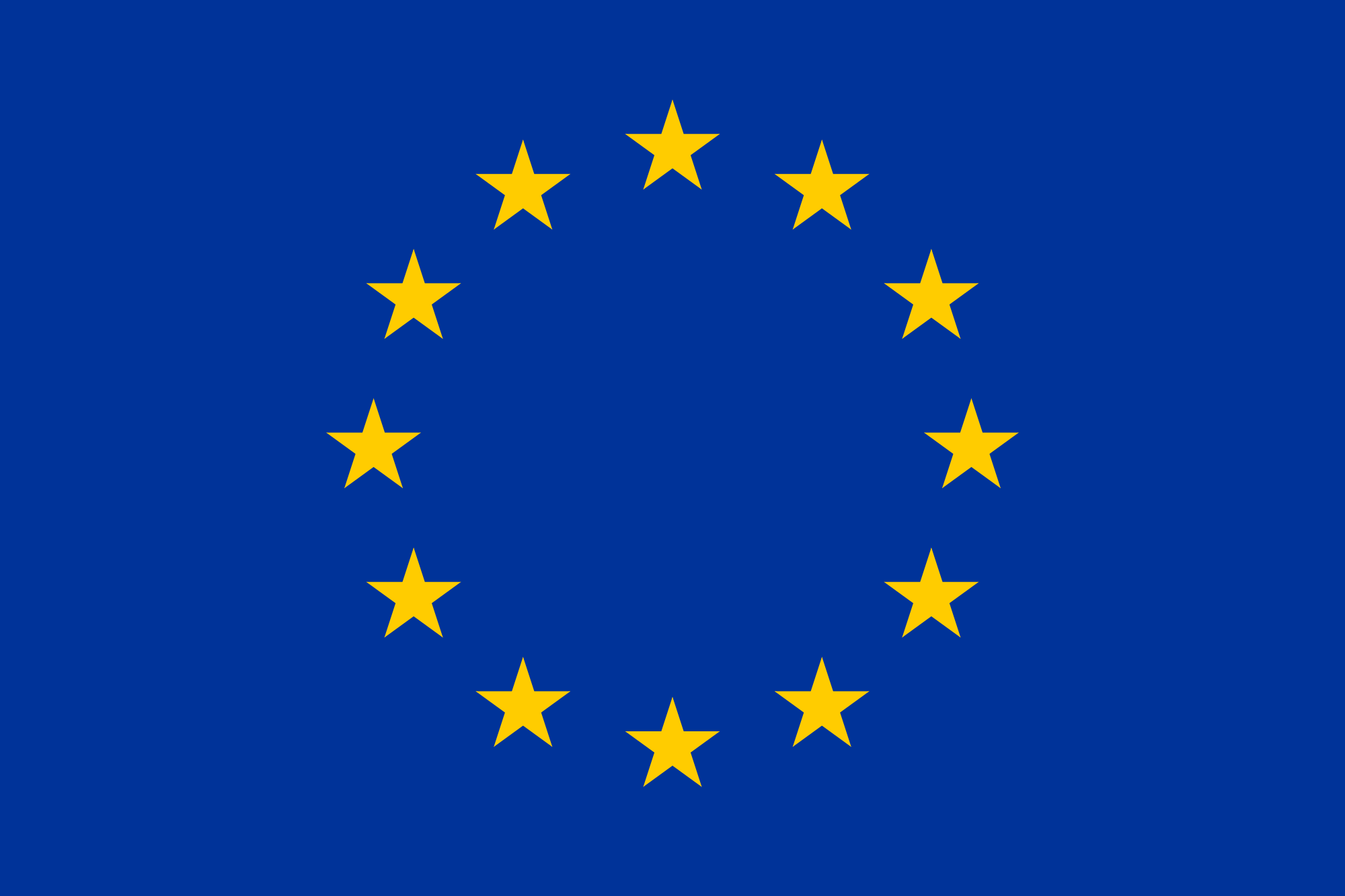In this short series of blog posts, we are going to consider what is known to be or likely to be changing after the end of the Brexit transition period on 31st December 2020.
Whilst a trade deal remains a possibility, it may not include all of the elements we will be featuring and even with a trade deal, some aspects of travel and trade will change regardless. So, if you regularly travel to the EU or sell products to countries within the EU, you should be aware of the forthcoming changes.
In this post we look at the recent announcement regarding Intellectual Property Rights (IPR).
Trade marks and registered designs
Under current plans, any existing trade marks and designs with EU listings will automatically be translated into new UK registers. This covers EUTM (EU Trade Marks) and RCD (Registered Community Designs), that have completed registration by 31st December 2020. The listings in the new UK registers will carry all of the details of the original registration. Each of these listings will:
- have the same legal status as if you had applied for and registered it under UK law
- keep the original RCD/EUTM filing date
- keep the original priority date or UK seniority date
- be a fully independent UK design or trade mark that can be challenged, assigned, licensed or renewed separately from the original RCD/EUTM
For all completed registrations the process of transfer to the UK register will be seamless. If you hold a registered design or trade mark, you do not need to file an application for this right or pay an application fee. There will be as little administration involved as possible. However, you will also not automatically receive a UK registration certificate. You will be able to access details about the trade mark or registered design on GOV.UK on or after 1st January 2021.
Businesses, organisations or individuals that have applications for EUTMs or RCDs which are either not registered or have deferred publication at the end of the transition period, will have a period of nine months to apply in the UK for the same protection. In this case UK application fees will be payable, and the application will be subject to UK examination requirements.
Whilst the above guidance may not apply directly to you as the holder of an existing design or trade mark, you still need to give due consideration to any products you buy or sell which do carry a current EU registration. If you believe this includes you, you should contact the rights holder and ensure they are happy for you to continue to trade those goods cross-border.
Patents
The European Patent Office (EPO) helps you to protect your patent in more than 30 countries in Europe. As the EPO is not an EU agency, leaving the EU does not affect the current European patent system. Existing European patents covering the UK are also unaffected.
If you are exploring a patent or have an application in process, European patent attorneys based in the UK will continue to be able to represent you at the EPO.
Copyright
Whilst many businesses don’t hold patents, trademarks and registered designs, most will have literature, content or media that they have created and which remains their intellectual property. This content is covered by copyright law and most UK copyright works (such as books, films and music) will still be protected in the EU and the UK. This is because of the UK’s continued participation in the international treaties on copyright. For the same reason, EU copyright works will continue to be protected in the UK.
A full guide to the intellectual property rights changes can be found here on the Gov.uk website.
